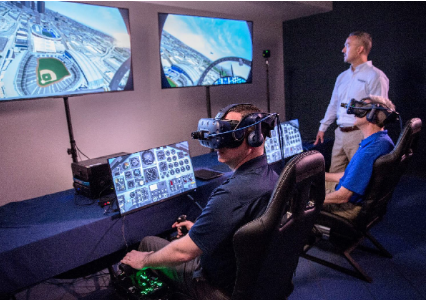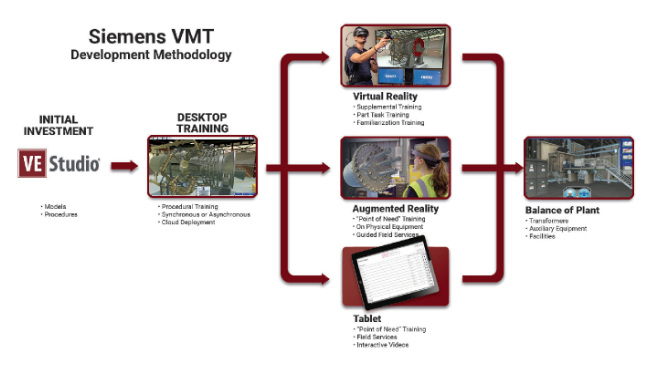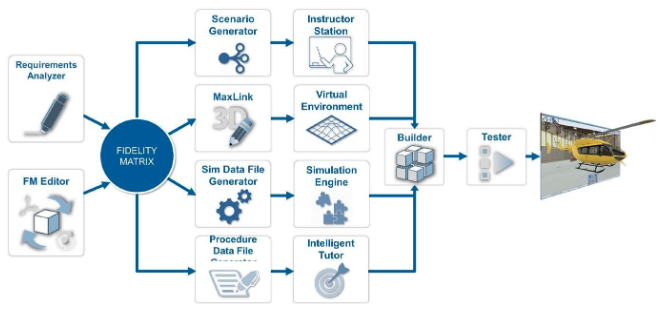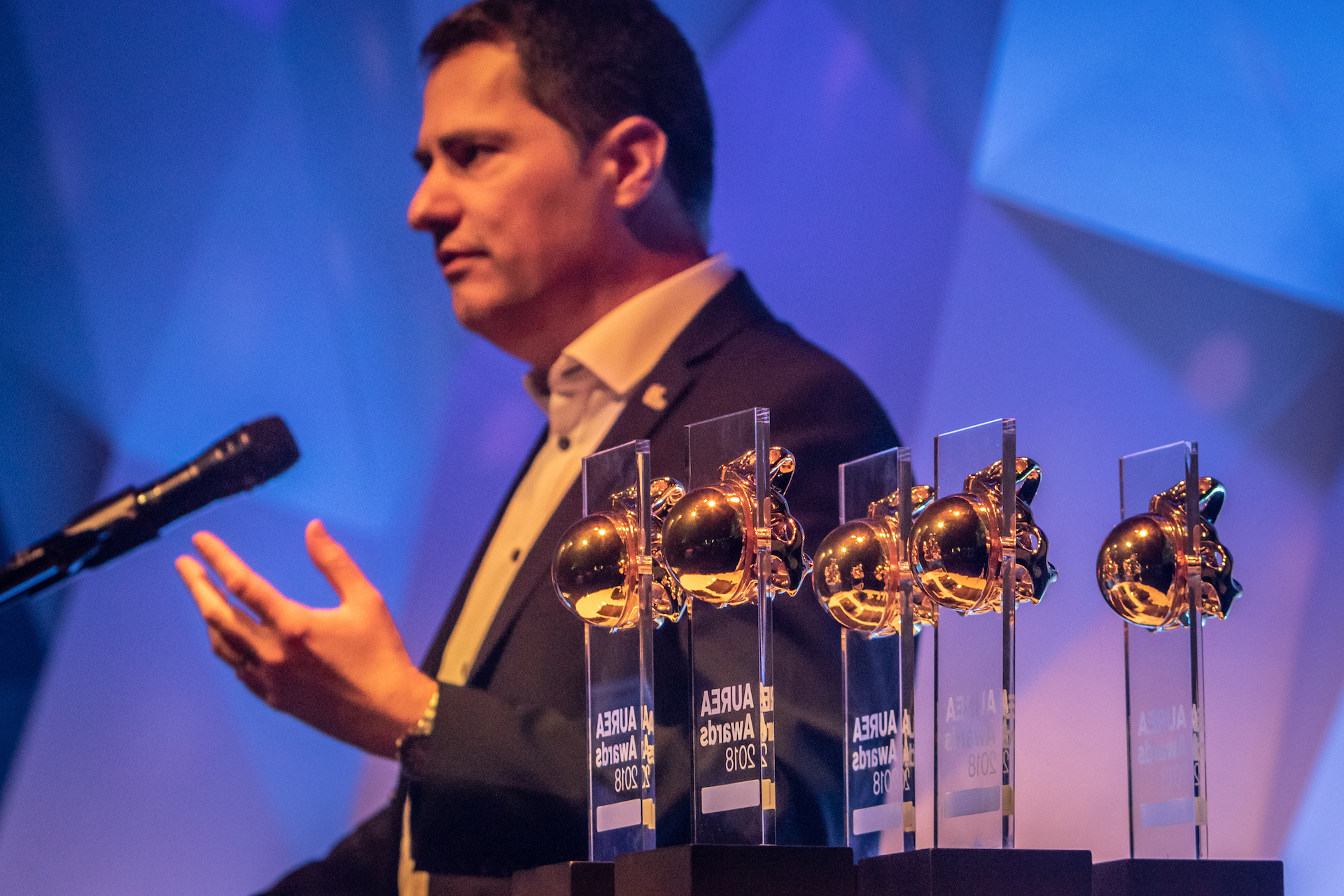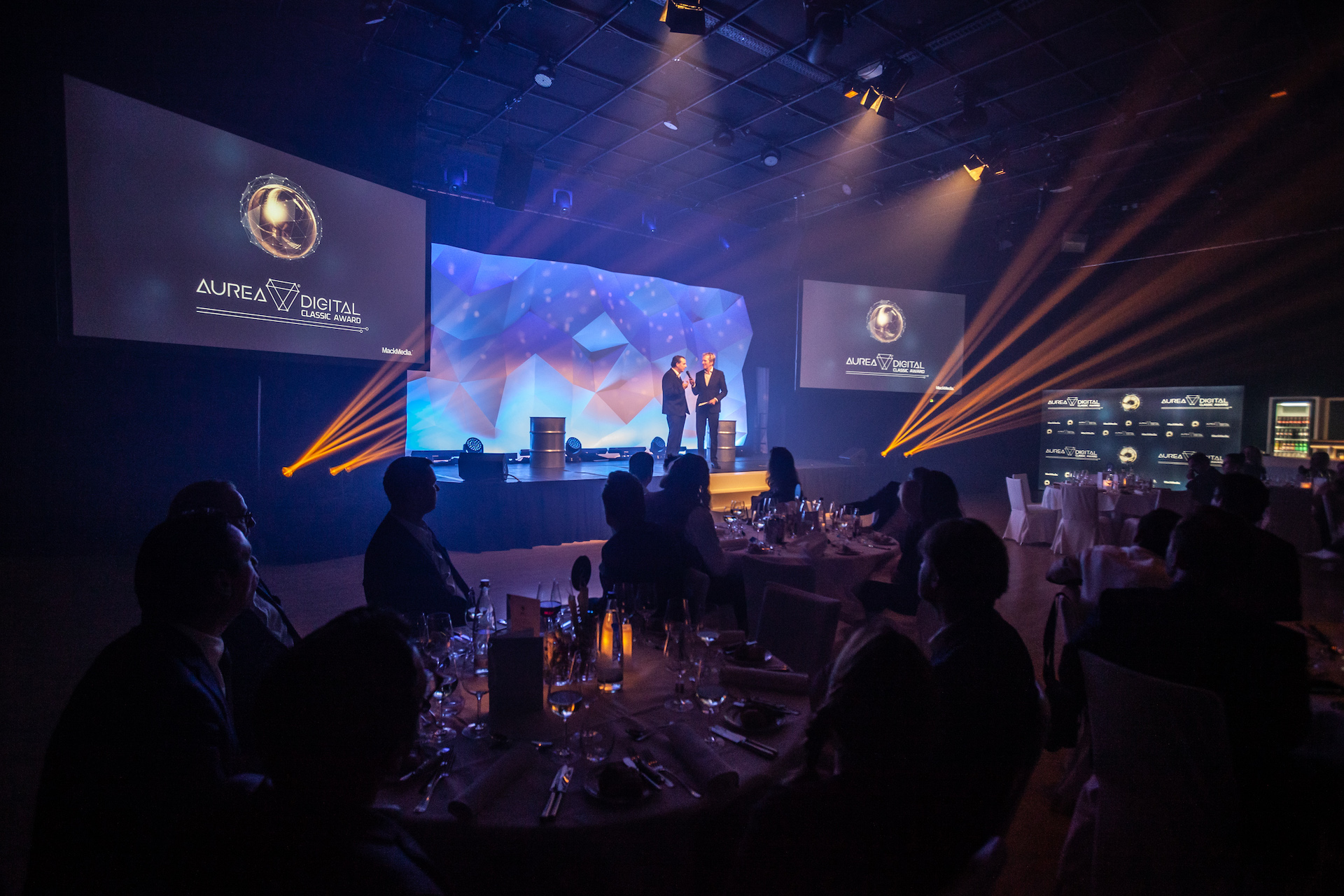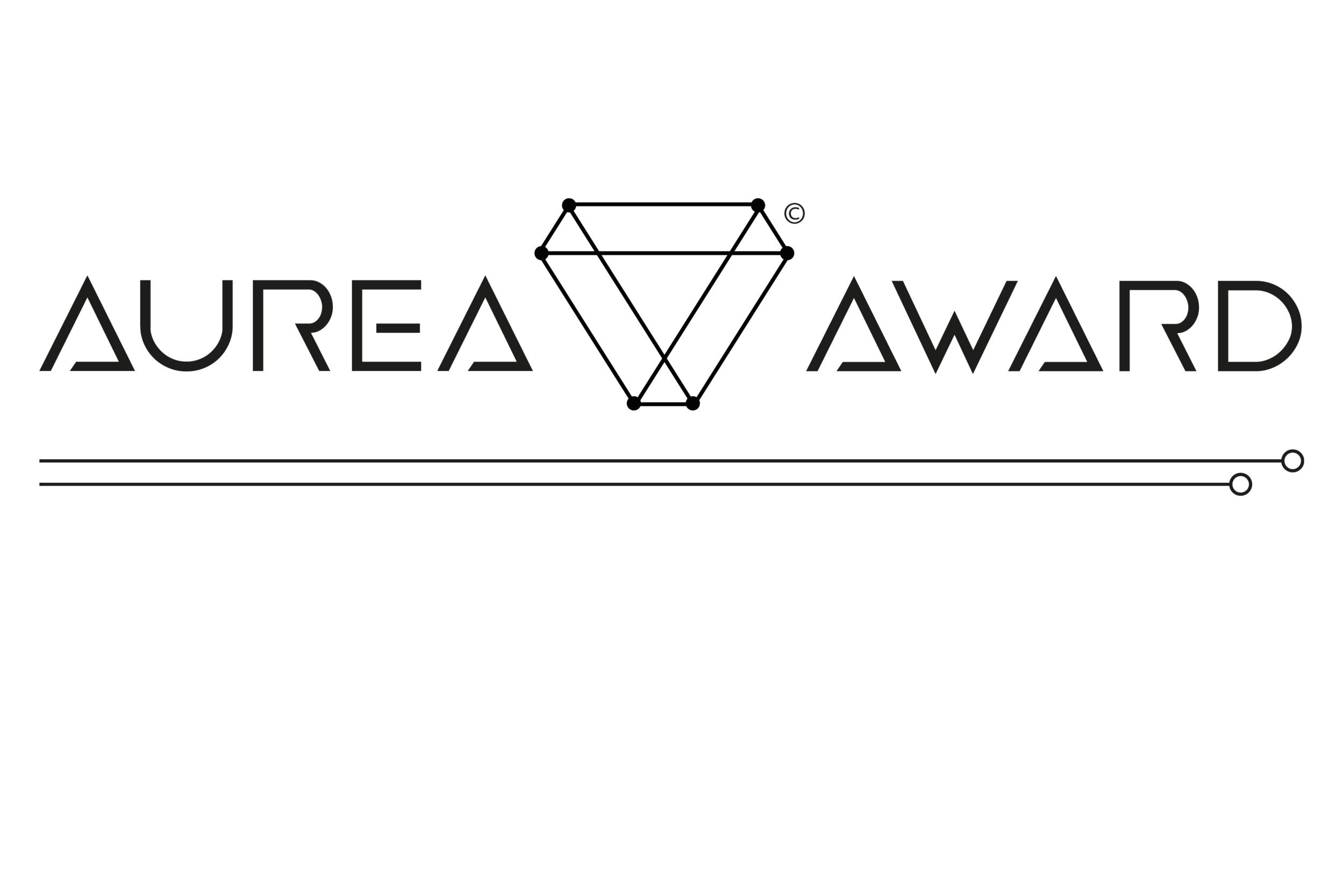The VR/AR Association is thrilled to announce new co-chairs for our Training Committee. This committee creates best practices and guidelines for the VR/AR Training industry sector. The committee meets every 2 weeks online to present recent case studies, projects, research, and is forum to discuss common problems and solutions. Plus, the active participants get preference to speak at our chapter events and Global Summits.
The new c0-chairs are:
Emily Smits, Modest Tree (Canada)
James Watson, Immerse (Europe)
Marlo Brooke, AVATAR Partners (USA)
EMILY SMITS, COO, MODEST TREE
Emily Smits is the Chief Operating Office at Modest Tree, a Halifax software company that focuses on providing XR training for enterprise clients and is the creator of the Xplorer software for rapidly creating collaborative XR training and sales presentations. Modest Tree has worked with leading organizations to transform their customer sales and training through the use of virtual and augmented reality. Modest Tree is a North American Microsoft Mixed Reality Partner.
Over the past 9 years, Emily has worked with the company through its continued growth, providing operational leadership. Emily holds a Bachelor of Commerce degree from Laurentian University and is a designated accountant (CPA-CMA) and Project Management Professional (PMP). Emily has been the Vice-Chair on the Digital Nova Scotia Board for the past 3 years and is passionate about VR/AR technologies, bringing advanced digital solutions to the enterprise, and supporting entrepreneurship.
JAMES WATSON, CMO, IMMERSE
James started his career in digital marketing and innovation over 20 years ago. The past 7 years he seen him work with companies including Major League Baseball, Shell, and DHL, to identify and deliver enterprise VR solutions. Currently, as Chief Marketing Officer at Immerse, he is working across industry sectors to help drive the adoption of enterprise VR training.
“Virtual Reality is enhancing human performance in ways that were once unthinkable. Today, it is transforming the way we learn, explore and interact. As a frontrunner in training and education, Immerse recognised this potential early and focused on developing an open platform to help companies increase their ROI from VR training.”
Immerse is the technology company behind the industry-leading virtual reality platform, Immerse VEP. Built for enterprise from the ground up, the platform helps companies create, scale and deploy VR training and maximise their ROI.
Some of the world’s largest companies use Immerse VEP for training and assessment. They include firms as wide-ranging as Shell and GE Healthcare to DHL. While these companies come from a diverse mix of sectors and industries, they all have one thing in common: they recognise how VR training can increase their efficiency and want to extract the most value from it.
MARLO BROOKE, CEO, AVATAR PARTNERS
Founder & CEO of AVATAR Partners, Inc., an innovative woman-owned business serving Military and Commercial markets through the Extended Reality Ecosystem. AVATAR develops advanced Training Solutions and Software to improve Employee Safety, Corporate Profits and Drive Local, US-Based Business growth. Products include Augmented Reality, Virtual Reality, Mixed Reality productivity tools, Video and Interactive Multimedia Instruction (IMI) and Nex-Generation Visual Technical Manuals (NGVis). I am honored to lead the most talented, innovative team of employees in our industry, innovating cost-effective, practical, best-in-class solutions to our customers.









